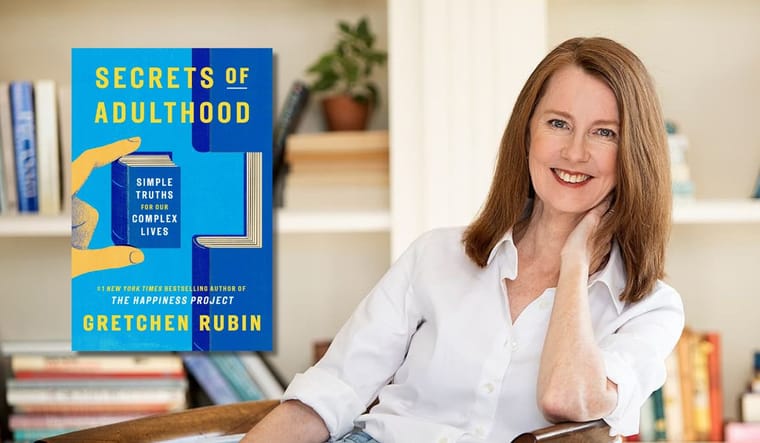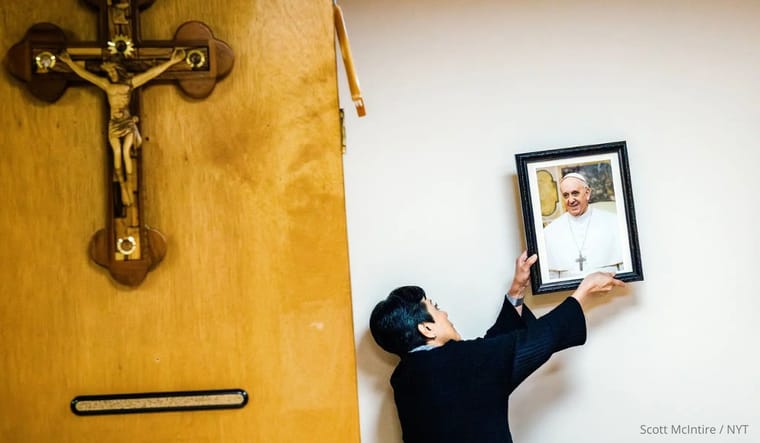So This Is 60...
A little over a year ago, when I turned 60, I sat down to write about how it felt. It’s an important milestone, everybody says, so I thought I should memorialize it with somber reflections on the “September of my years” or whimsical boasts like “I’ve outlived Mozart!” But the longer I sat at a keyboard, the more the concept felt a bit…off. Something was holding me back.
I take a lot of surveys. They’re online surveys about what I watch on TV, what I buy at the grocery store, and my attitudes about insurance companies, cellular providers and shampoo. I earn airline miles for the surveys, and they’re easy to do while watching TV. It’s a lucrative pastime; my husband and I went to Europe on survey miles a while back, and we’re on our way to doing it again. At the beginning of each survey, I’m asked a variety of questions to determine if I’m in the right marketing demographic for it: where I live, what I do for a living, how much money I make, my age.
It’s that last category that gave me pause after I turned 60. After typing “59” countless times over the previous year, the time came for me to enter “60” for the first time.
Only once in my life had I felt uneasy about a birthday, and it wasn’t 30, 40 or even 50. No, it was 25 when I felt the first pangs of existential distress. I was a grown-up then—all on my own—and 25 seemed an even fraction of something ominous.
When I shared my age-angst with my then-93-year-old dad, he tried to comfort me with the assertion that 60 is the new 40. I so wanted to believe him and was trying to accept his reassurance, but he followed right up with, “Then again, I also believe that 90 is the new 70.” He meant well.
It’s of course silly that I should mind being in my 60s, even though I like to think of myself as an impish 35. And it’s even sillier to feel that way while answering questions about deodorant and toilet paper. But having to type the actual digits really drove the point home and forced me to accept reality more than anything else did.
“You’re as old as you feel,” the saying goes, and sometimes I feel my years. My knees grunt a little when I stand up, for example, and I haven’t bounded out of bed since Obama’s first term.
The Social Security Administration has a dandy little calculator that says when you should expect to die. In my case, given my October 1961 birthday, I apparently shouldn’t be making dinner reservations beyond mid-July of 2044, give or take.
But it finally hit me that I was stewing over my age because I thought that’s what people are supposed to do when they turn 60.
In Frank Capra’s 1937 film version of James Hilton’s Lost Horizon, Shangri-La’s High Lama explains to one of the British visitors, “Age is a limit we impose upon ourselves. You know, each time you Westerners celebrate your birthday, you build another fence around your minds.”
The French film star Jean-Louis Trintignant, who died in June, was quoted in his New York Times obituary as saying, in reference to his various old-age ailments, “It’s not so bad as all that. I’m still happy when I’m alone. I have an inner life.”
I have an inner life.
I wonder how many people don’t have an inner life, or even know that such a thing exists. I think a lot of people depend for their happiness on the things they have or do, rather than on what’s within them.
I don’t mean to diminish the value of our family and friends, of the places we go and the things we do that enrich us. But have you ever known people who seem to have everything yet struggle with happiness? I have. I’m sorry for them but their example has served to remind me that what’s most important comes from within. The inner life Monsieur Trintignant described is independent of money, family, possessions, health, compliments or awards.
Once I shed myself of those self-imposed or society-imposed limits it became easy to accept all the possibilities for what lies ahead, and to do it with excitement while savoring the memories of what’s passed.
There’s a phrase you hear a lot in the workplace: proven track record. It’s overused and a terrible cliché, but it can apply to a person’s life just as much as to their job. I like to think that, on balance, I have a proven track record of endurance and living richly. I survived an earnest attempt at suicide 10 years ago and I’ve lived 20 years with HIV. I emerged from the suicide attempt revitalized—literally—and more appreciative of life. So it isn’t hard to find truth in the adage, “Things could be worse.” Of course they could be worse: think of the people who didn’t wake up the morning after trying to end their lives, or all the souls lost to AIDS.
What I have today, now that I’m not 60 but 61, is a gift, and I try to stop and smell the roses, count my blessings and appreciate everything that makes my life my life and that makes it a full one.
About living a full life…
My dad—he of the age-related zingers—died quite recently. He’d been diagnosed with cancer only a few weeks before and his decline was mercifully fast. He told me not to worry, so I didn’t. I didn’t worry about him for two reasons.
First, he lived with the belief that there would be more to his life than just this life, and I was comforted by his own sense of comfort with things. But he also said something to me that I hope I can emulate should I ever find myself in a similar situation: “I’ve had 94 good years, and it’s hard to complain about that.” If that isn’t a case of looking at the bright side, I don’t know what is.
Anyway what am I worrying about? The Social Security calculator got me worked up, but the government isn’t always right and maybe they’re wrong about me. Maybe I’ll follow my dad to 94 and beyond. I doubt the Social Security Administration, had it even existed when he was born in 1928, would have predicted his own longevity.
And my hair fell out long ago, so there’s at least one element of midlife male anxiety I don’t have to fret about.
I’m only a generation or two removed from farms in the American Midwest and Great Plains, and my farm kin tended to live long. My late Great Uncle Irv, a South Dakota farmer, joked that he used the salt licks—foot-square white cubes that were placed out on the range to provide minerals to the cattle—to grow hair. I don’t recall that his hair ever came in, but he lived to a ripe old age. So maybe the salt lick is worth a try.
Clay Russell is a writer, raconteur, news junkie, world traveler, husband, and cat-fosterer. He has been a professional chef, shoe salesman, and private investigator. Clay works in county government in northern California.
Please note that we may receive affiliate commissions from the sales of linked products.



